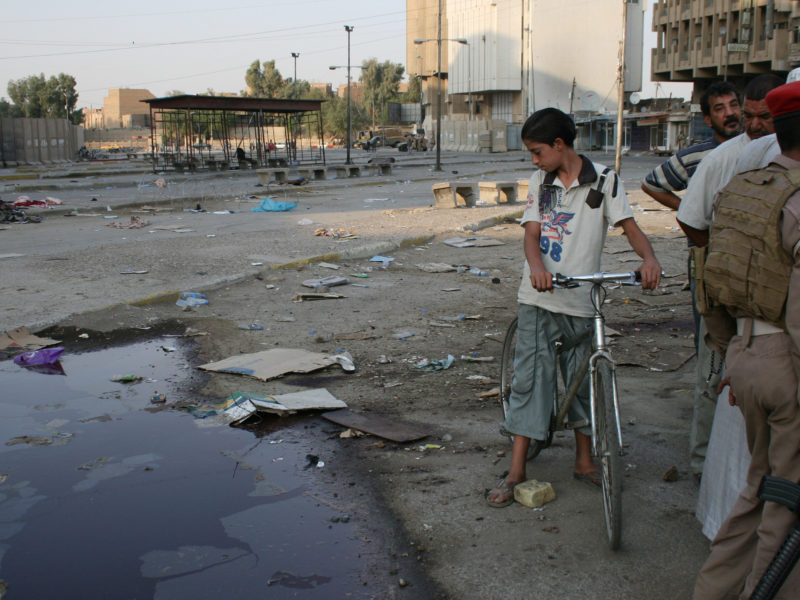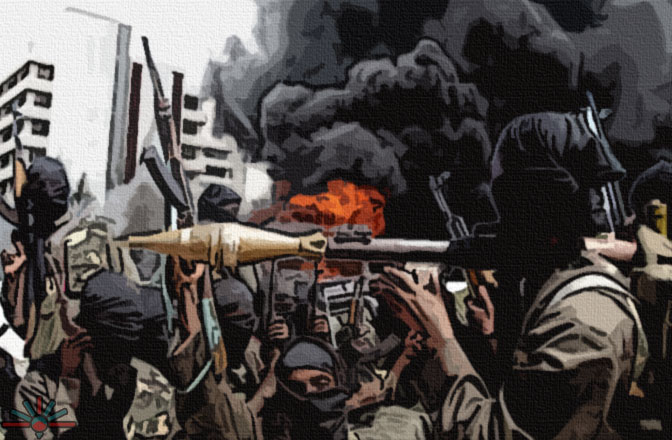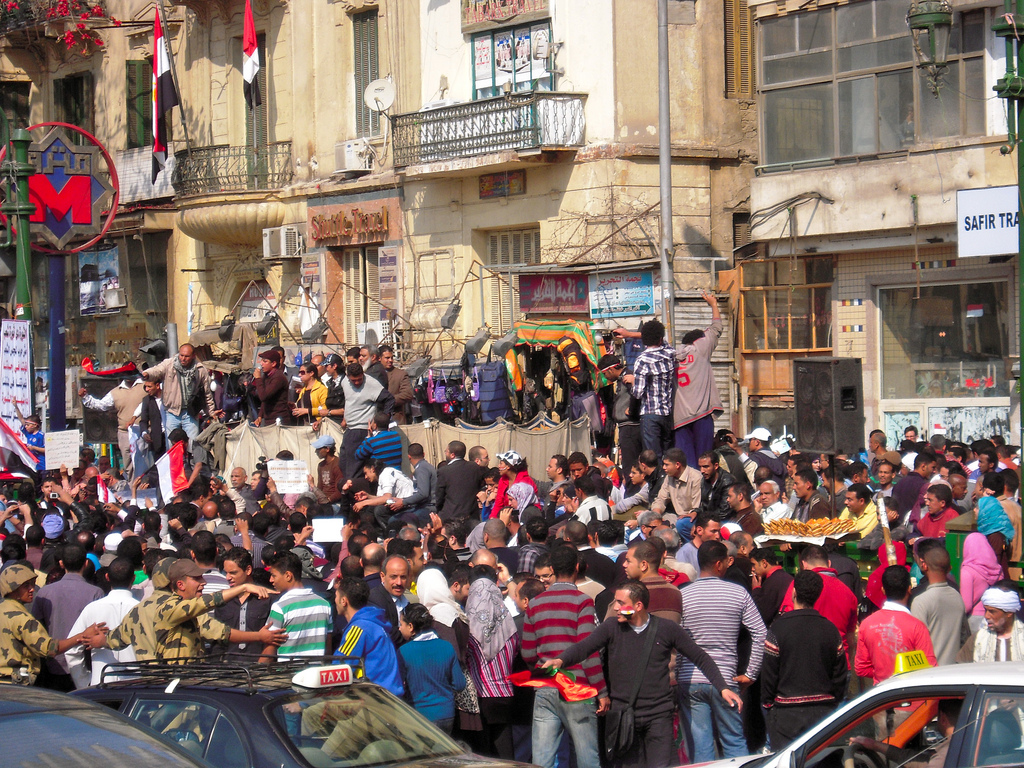Guest post by Atal Ahmadzai
The new wave of suicide bombings in Afghanistan is puzzling. Since the collapse of Kabul and the subsequent end to foreign occupation, the Taliban has continued to promote their suicide bombing enterprise. They paraded would-be suicide bombers on national television. Amidst tensions with Tajikistan, the Taliban reportedly deployed thousands of suicide bombers at the border. At a gathering in Kabul, the elusive head of the Haqqani Network and the Taliban’s Interior Minister, Sirajuddin Haqqani, appeared to celebrate the “Istish-haadi” cause [martyrdom seeking]. Haqqani told the attendants that the suicide bombers who carried out the 2018 attack on Kabul Intercontinental Hotel, the exact venue of the gathering, believed that the Prophet of Islam actively presided over and coordinated the attack.
The Islamic State-Khorasan (ISIS-K) has also increased the frequency of suicide attacks. The most infamous was the attack at the Kabul Airport that claimed the lives of 13 US service members and 170 Afghan civilians. Ever since, suicide bombings have targeted civilians across Afghanistan, including at Shia and Sunni mosques (Kunduz, Kandahar, and Nangarhar provinces) and a coordinated attack on the military hospital in Kabul.
Why are suicide attacks persisting, even after Western forces have left the country? After forcing the US out and militarily defeating its backed government in Kabul, the Taliban’s and ISIS-K’s continued engagement with suicide bombings cannot be rationalized by Robert Pape’s strategic thesis “dying to win.” The insurgents “won,” yet they remain fond of “dying.” Similarly, in the absence of the materialistically powerful Western military in the country, Stephen Holmes‘ explanation of suicide bombing as a reaction to power asymmetry does not fit the context.
Mohammed M. Hafez’s explanation of suicide attacks as altruistic missions (heroic martyrdom) against subjugation and Ivan Strenski’s religious idea of suicide terrorism as a “sacrificial gift” cannot explain the emerging pattern either. Both explanations require a broader political context where the suffering community is obliged to accept and reciprocate the bomber’s heroism or sacrifice offered for collective benefits. In the current context of Afghanistan, such a political arena, where the Taliban’s bombers and the community interact, does not exist anymore. Similarly, the absence of an oppressor or foreign occupation dissolves the necessary conditions that could justify altruistic missions.
The emerging pattern cannot be squared with grievance-based explanations, either. The lack of contingent or “insupportable” circumstances, such as injustice or subjugation, do not fit Asad Talal’s understanding of suicide terrorism as a spontaneous reaction in the shape of a unique form of violence. Similarly, in the absence of chronic circumstances such as subjugation, negligence, persecution, and frustration, Doğu Ergil’s understanding of the PKK suicide bombing in Turkey cannot be applied to the behavior of the Taliban or ISIS-K bombers.
So why are suicide bombings continuing in Afghanistan? The Taliban’s own writing on suicide bombings explains this puzzle. In the last fifteen years, the group has produced literature on suicide bombings that explains the tactic’s ideological, moral, and legal premises. The literature is not original but based on radical Salafi-Wahabi sources. At the core of the literature are “Istish-haadi” [martyrdom seeking] and “love to death” narratives. The former provides moral, legal, and religious justifications for the suicide bombings. As a pragmatic approach to operationalizing the tactic in a socio-cultural context hostile to killing the self in warfare, the “love to death” narrative promotes irrational and dystopian socialization among potential suicide bombers.
The promotion of dystopia and irrationality among its young soldiers tracks with Mia Bloom’s argument that finds similarities between contemporary suicide terrorism and that of the medieval Shia Assassins in indoctrinating their followers to the level of irrationality. While the moral, legal, and strategic justifications for suicide bombings have ended with the military triumph of the Taliban, the dystopian and irrational socialization of thousands of their would-be suicide bombers remains unchanged. And for ISIS-K, the political and social motivations for sectarian violence remain potent.
In an interview in Kabul, a self-proclaimed would-be bomber revealed his dismay for the prolonged wait to carry out his terminal mission. In another clip, a teenage Taliban fighter displayed his eagerness to embark on a suicide mission. These and other similar clues indicate that for the thousands of enlisted suicide bombers, the goal is not serving any particular cause or having a specific ideological orientation. On the contrary, their indoctrination has continued to drive their search for martyrdom. Might the Taliban de-indoctrinate them? Unequivocally, no. The Taliban needs such soldiers to advance their strategic interests along domestic, regional, and global fronts.
The Taliban and ISIS-K have normalized the application of suicide as any other form of political violence. The dystopia of the trained/indoctrinated would-be bombers facilitates an inevitable flow of these bombers between the Taliban, ISIS-K, and other like-minded groups in the arena. Regardless of their organizational affiliation, the socialization of these bombers establishes a spontaneous inter-connectivity between existing extremist groups, mainly the Taliban and ISIS-K, at least in the area of suicide terrorism. As such, suicide bombings in Afghanistan will continue unless the de-indoctrination of would-be bombers and young Taliban fighters occurs.
Atal Ahmadzai is a Visiting Assistant Professor of International Relations at St. Lawrence University, NY.







